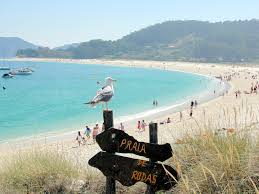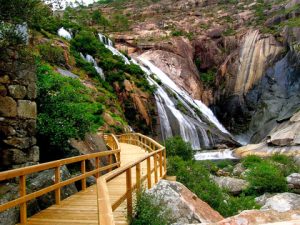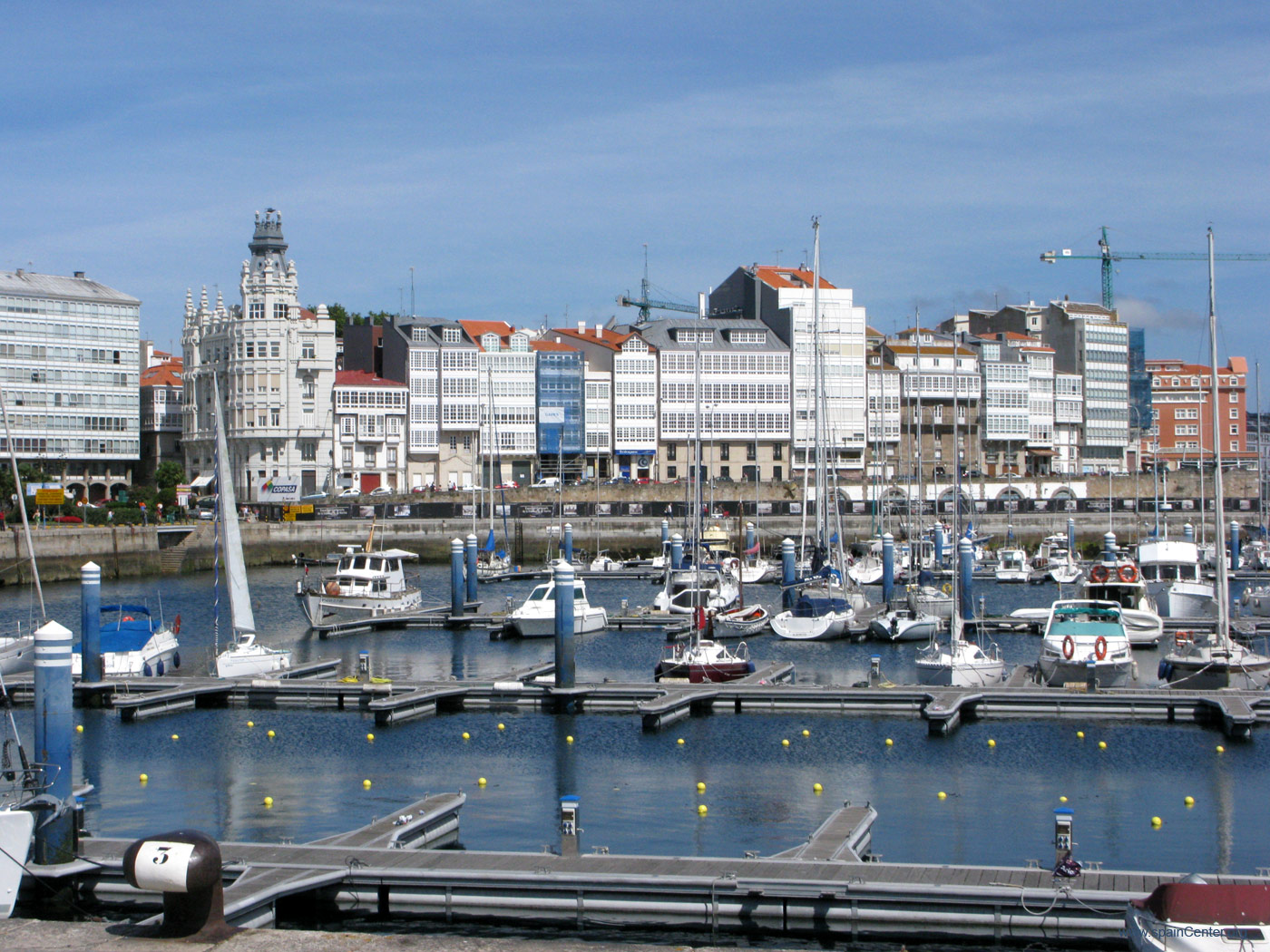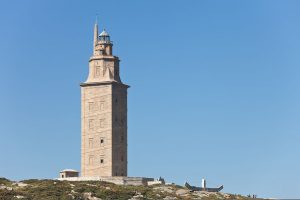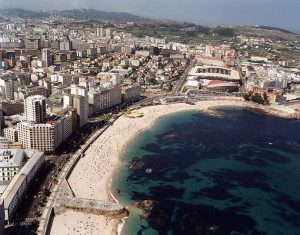 VIGO
VIGO
Known as “the Olivic city”, Vigo is the largest city in Galicia.
It enjoys a temperate microclimate of mild winters and warm summers. This is why it is the Galician city with more sunny days and less rain.
Samil beach stands out among Vigo’s numerous beaches of fine white sand and from there you will be able to see Cies Islands and Toralla Isle.
Another tourist attraction is the tasting of their famous oysters, which can be found in the very central area and, as tradition dictates, accompanied by a glass of the excellent Albariño white wine.
 BAIONA
BAIONA
Baiona is a small fishing village to the south of Vigo.
It is known, among other things, because of its climate, its beautiful beaches (more than four kilometres long), its Yacht Club and the location of the Parador de Turismo.
Its old quarter is worth a visit because of its small fishermen’s houses, low archways and stone columns. In 1993 the village was declared of Historic-Artistic interest. Do not miss it!






